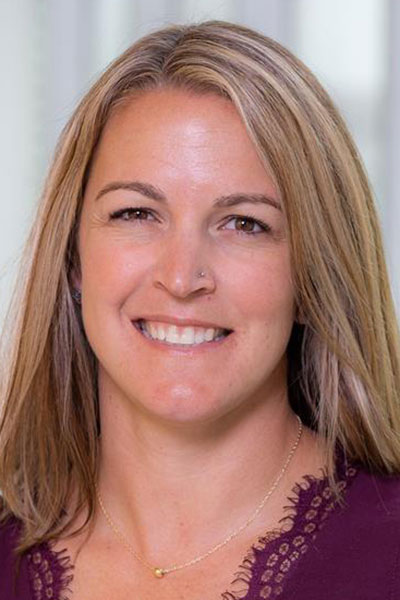As diabetes technologies advance, glycemic outcomes improve. The need for device optimization and education also grows.

“Keeping up with rapid advancements in diabetes technology is a challenge for the clinician and one that we all need to get comfortable dealing with,” said Cari Berget, MPH, RN, CDCES, who noted four new automated insulin delivery systems entered clinical practice in the past three years.
Ms. Berget, Research Instructor in Pediatrics, Barbara Davis Center for Diabetes, University of Colorado, explained how to interpret and use the data obtained from diabetes devices in Demystifying Device Data — One Download at a Time. The session can be viewed by registered meeting participants at ADA2023.org. If you haven’t registered for the 83rd Scientific Sessions, register today to access the valuable meeting content through August 28.
Almost 3.45 million Americans used continuous glucose monitoring (CGM) in 2022, reported Rebecca Rick Longo, MSN, ACNP-BC, CDCES, Endocrinology Lead for Diabetes Care and Quality, Lahey Hospital and Medical Center, Beth Israel Lahey Health. In contrast, there are only about 6,400 active endocrinologists in the country, underscoring the need for these specialists to partner with primary care providers to improve care for the expanding number of patients with diabetes using CGM technology.

In a survey of 182 providers caring for people with diabetes, 56% said they have an efficient process to obtain and view CGM data during a typical scheduled in-clinic visit, Ms. Longo said. Almost half of respondents (45%) reported they had adequate time to obtain and interpret CGM data. There was near consensus from the providers about the benefits of the process; 98% agreed it was worth the effort to have CGM data to discuss with their patients.
However, significant barriers to achieving this include inefficient processes to download and access the data from multiple unique CGM systems, the time required to review and discuss CGM data, limited time and resources for patient training, and difficulties integrating CGM data into the electronic health record, Ms. Longo noted.
To set up a clinic for success to reliably and efficiently retrieve CGM data, Ms. Longo recommended first taking the time to establish workflows that will save time and maximize patient interaction. Scheduling a pre-visit appointment immediately before a visit so that the patient can upload their diabetes device data in advance is also advised.
“If you have the capability for teaching appointments when patients start on diabetes technology, particularly insulin pumps, but also for CGM, this can be important,” Ms. Longo said. “You can set the patient up so that they’re sharing data, so everything is flowing, so we know the usernames and passwords are working.”
The PANTHER Program, a free resource created by the Barbara Davis Center and led by Ms. Berget, provides downloads on a variety of topics, including device comparisons, skin solutions, time in range, and point-of-care solutions.
System-specific PANTHERTOOLS involve three steps to support data review and clinical decision-making for select devices, with more to come.
- The Big Picture identifies patterns by assessing system use, glycemic metrics like time in range, and glucose trends.
- The Small Picture identifies the reasons behind the patterns seen in step one through detailed weekly reports.
- The Plan identifies device-specific solutions to the previously identified patterns, such as learning how to adjust insulin pump settings and providing patient education.
“The hope with the tools is that it allows every provider to get the information they need to use the device without having to be an expert,” Ms. Berget said.